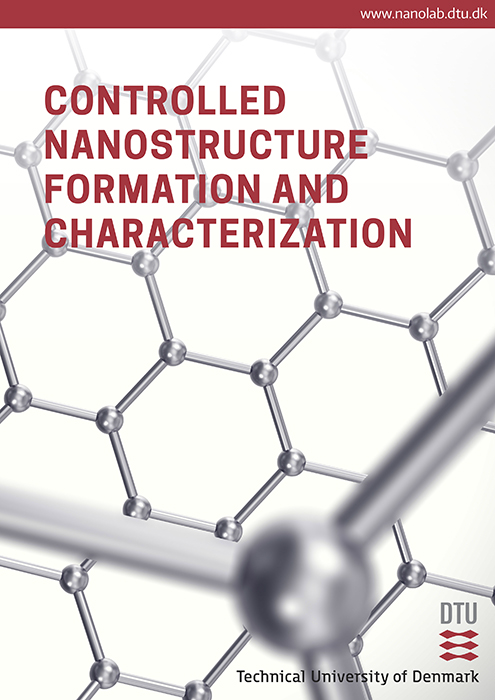Professor Jakob Birkedal Wagner, Head of Nanocharacterization Section at DTU Nanolab, provides a detailed look at controlled nanostructure formation and characterization and how these can be looked at with electron beam based microscopy and spectroscopy
One of the insights given in this analysis by Professor Jakob Birkedal Wagner is that nanofabrication allows for the synthesis and formation of tailor-made materials and structures with properties not necessarily found naturally on Earth, therefore, bringing value to the society when it comes to higher energy efficiency and sustainability, as well as increased living standards via advanced tools for medical treatment, for example.
Also, we discover that the DTU Nanolab embraces both the state-of-the-art fabrication of micro-and nanostructures, plus the characterization of the said structures using electron beam-based microscopy and spectroscopy. For example, the E-cell TEM has a differential pumping system, allowing imaging of samples in gaseous environments up to pressures of 1000 Pa and temperatures of 1000°C (depending on gas composition). Therefore, dynamic events at the atomic level can be recorded in real-time.
We also learn that the combined facility has around 100 staff members and over 450 registered users, active in research, education, analysis, material characterization, development, prototyping and small-scale production.
In a piece of bonus content, we learn more about the National Center for Nanofabrication and Characterization, a high-end research infrastructure for electron microscopy-based characterization and analysis at the Technical University of Denmark. Certainly, access for academic and industrial scientists into DTU Nanolab’s electron microscopes supports existing research and results in the creation of new research fields and the sharing of knowledge for the development of materials, processes, technologies, techniques and instrumentation.
I hope you enjoy reading the contents of this fascinating analysis from DTU Nanolab, Technical University of Denmark.


